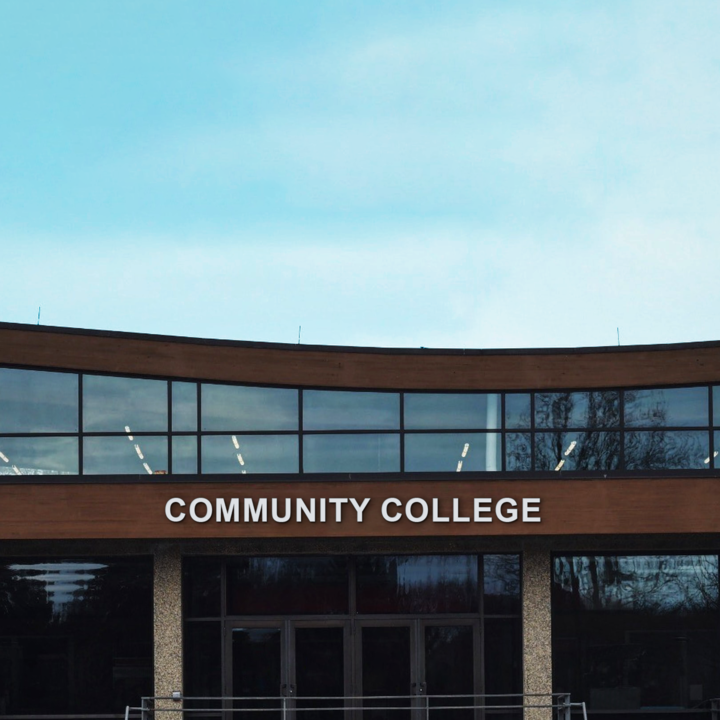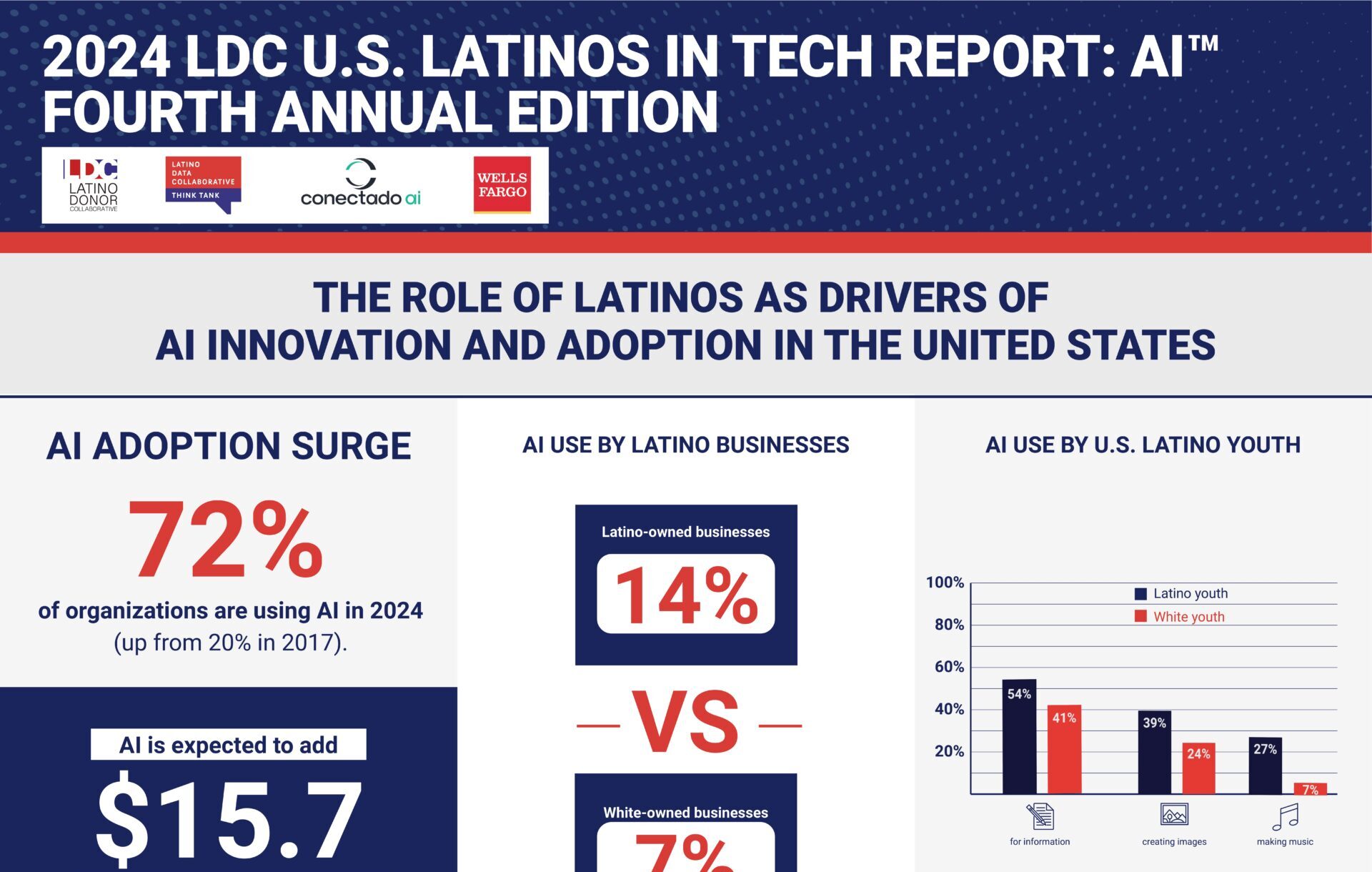As someone who has personally chosen the community college, transfer student route, I cannot recommend this educational route enough. By earning my Associates at a local community college and subsequently transferring to a four-year university for my Bachelors, I had the opportunity to save money, to take my time settling on a major and career path, and to stay closer to home and family.
For starters, it’s well known that university education in the United States is very expensive. After all, there’s a reason that student debt is such a crisis and hot topic right now. “Average student loan debt has been on the rise as families try to keep up with soaring college costs… the average total student debt continues to hover around $30,000, according to U.S. News data.” These debt amounts can vary significantly depending on individual circumstances, such as if students choose to pursue graduate school.
With the growing issue of education costs and student debt, this is one of the primary reasons that I recommend considering going to a community college first, then transferring to a four-year university. As LendingTree emphasizes, “the cost of community college credits is, on average, 60 percent cheaper than at four-year public colleges. Therefore, a student who earns their first 60 credits at a two-year public school before transferring to an in-state college would pay an average of $11,377 less for a four-year degree.”
Of course, the above numbers will fluctuate depending on each unique circumstance. For example, if you transfer to an out-of-state university, you will likely save less money since you will be paying out-of-state tuition. In addition, your savings depends on which state you attend community college in. For example, I attended community college in California, which “has the cheapest community colleges in the U.S.” and is considered one of the “top 10 states where community college students save the most money.” However, generally speaking, going to community college for your first two years of college can still save you thousands of dollars. Personally speaking, I was able to save thousands of dollars by going the transfer student route.
You may be worried about losing out on typical college experiences (making new friends, joining clubs, etc.) by going the community college route. But I’d argue that you don’t lose out on experiences; you may just have different, but not lesser, experiences. Community colleges still have a plethora of clubs and extracurricular activities for students to take part in. In fact, I recommend participating in some of these organizations, because it’s a great way to meet people and having such experiences can help with acceptances into four-year universities down the line. In addition, you will still have plenty of opportunities to meet people and make connections at community colleges, such as in your classes.
You may not have the typical college experience of, for example, living in a dorm and meeting people through that, but for some people this might be preferred as it was for me. Instead, you can find some other living arrangement—like staying at home or finding an apartment—that works for you. Personally, I knew I wouldn’t like the experience of living in a dorm, so staying at home a little longer was a plus for that reason, and also because I could be around my family more.
Another benefit of going to community college is the classroom dynamic. For example, students at community colleges get to experience a “small class size,” which can help students learn better and build rapport with professors.
Lastly, one of the main reasons I recommend the community college, transfer student route is because it gives people more time to settle on a major and career path without as much risk involved. For example, you can take time exploring classes at a community college, seeing which major is best for you without spending a ton of money doing so. And since you don’t necessarily have to earn your Associates within a specific two-year time frame in order to apply for transfer to a four-year university, there is more flexibility for people who want to explore educational options, or for people who have other responsibilities alongside school, such as working or raising children.
And maybe you decide that college isn’t the path for you. Or maybe you want to earn your Associates and be done, or go down an apprenticeship route. You can make that decision for yourself without having spent a lot of money at a four-year university. Whatever your individual path is, community colleges provide a place to discover what you want to do without as much financial burden.
Sources:
U.S. News & World Report: https://www.usnews.com/education/best-colleges/paying-for-college/articles/see-how-student-loan-borrowing-has-changed











